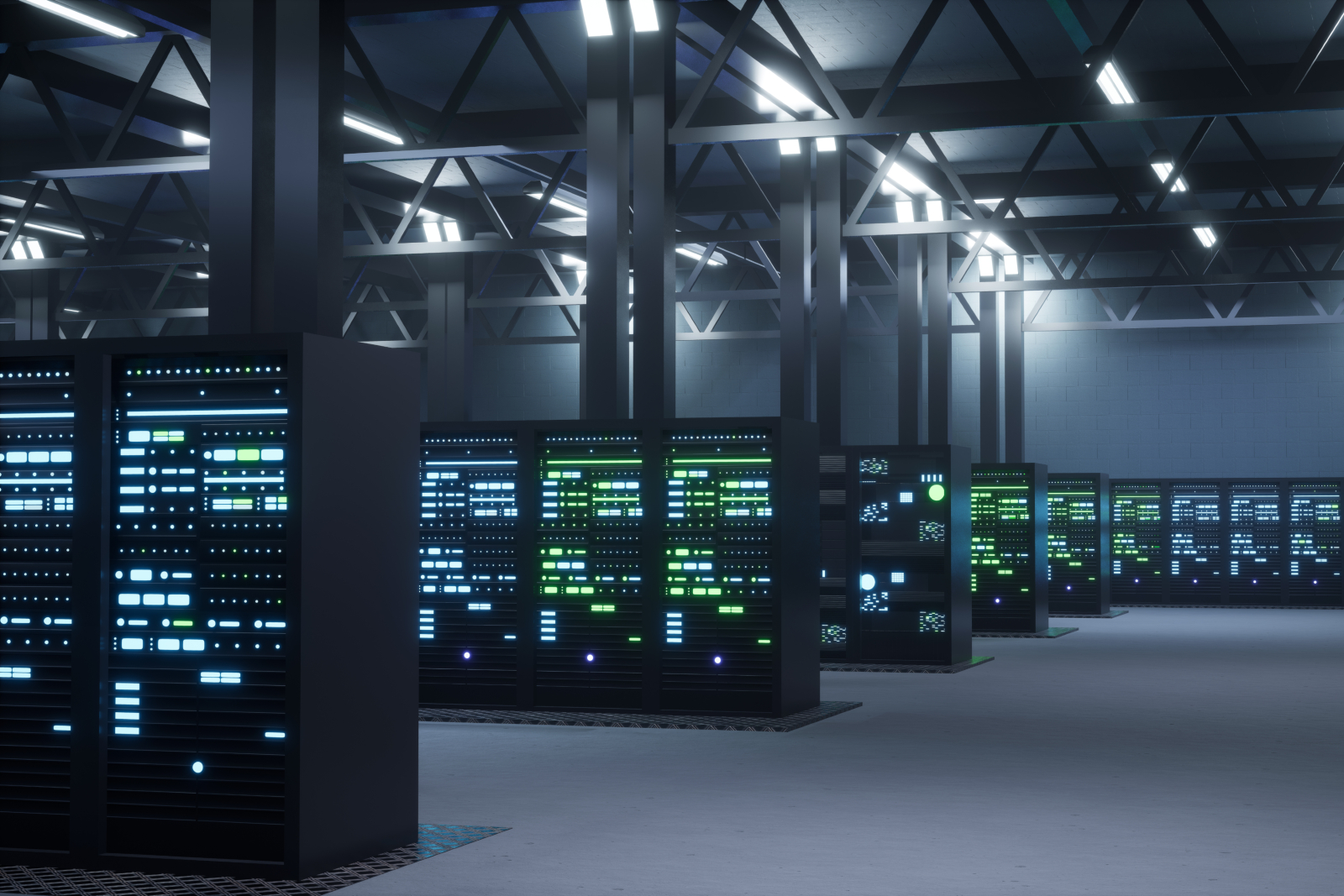
As we navigate through 2025, the construction industry might be about to witness a transformative shift. While traditional sectors like residential housing have faced challenges recently, a new driver of growth has emerged: the booming demand for data centres.
Read this week’s blog to find out more about why data centres are an important part of our infrastructure as well as the opportunities and challenges this poses for our industry.
Why data centres matter
In our increasingly digital world, data centres have become a critical part of the infrastructure that supports our way of life. While roads support our ability to get around and houses support our comfort, data centres are supporting the digital activities we’ve come to rely upon – everything from cloud computing and streaming services to artificial intelligence (AI) and online commerce.
A surge in demand
As people do more and more activities online, the demand for data storage, cloud computing, and AI processing has skyrocketed. This has fuelled massive investments in data centre infrastructure, opening up a new market for the construction industry.
Two recent reports shed further light on the scale and implications of this growth:
- Capacity growth: According to RLB’s Data Centre Trends Report 2025, with a flood of private equity investment, commissioned data centre capacity has surged by nearly 300% since 2023.
- Retrofit opportunities: The same RLB report reveals that 66% of industry respondents plan to retrofit at least a quarter of their existing data centre estate in the next five years – pointing to a growing retrofit market alongside new builds.
- UK’s strategic position: PwC’s report, UK Economic Outlook – Spring 2025, notes that the UK now accounts for around 20% of all data centre investment in Europe. This is due to a combination of a favourable legislative environment, robust connectivity and a strategic location.
Opportunities for the construction industry
The data centre boom presents several opportunities for construction professionals. For instance, it’s likely to lead to us all working on more diverse project types. From building new facilities to retrofitting existing structures, there’s a broad spectrum of projects requiring specialised construction services.
Another key opportunity for the sector comes from how constructing data centres involves the integration of advanced technologies. This offers construction firms the chance to upskill and innovate.
Challenges
While the opportunities could be significant, the sector also has some challenges to navigate:
- Supply chain strain: The RLB report found that more than 70% of over 500 surveyed industry respondents believe the supply chain is struggling to keep pace with demand, and 53% fear that the sector may fall short of future capacity needs.
- Skilled labour shortage: The specialised nature of data centre construction necessitates a workforce skilled in areas like electrical systems and heating, ventilation and air-conditioning – highlighting the need for targeted training and recruitment.
- Infrastructure and planning: Some industry professionals point to two further problems – securing adequate power supply and navigating complex planning permissions. Both are key hurdles to delivering projects at pace.
Looking ahead
The UK construction sector is expected to grow by 2% in 2025, with data centres driving much of this growth. Commercial building projects are predicted to grow by 1.7% in 2025 and climb to 4.5% by 2027 – a welcome shift towards recovery after recent slowdowns.
For construction companies, this presents a genuine opportunity to expand and diversify. By focusing on the unique needs of data centre projects and working through the challenges, they can take advantage of this growing demand for digital infrastructure.
What do you think?
Are data centres the future growth engine for construction? What opportunities or challenges do you see ahead for the industry as it adapts to this rapidly expanding sector? Join the conversation on our Facebook or LinkedIn pages.
03.06.2025
Feature image: Freepik








